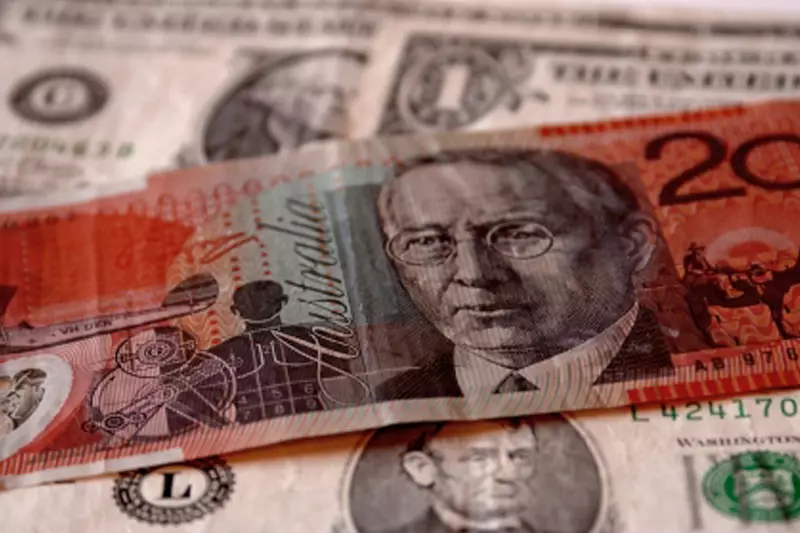As the Asian financial landscape evolves, the stability of various regional currencies remains a pressing concern for investors. On a recent Tuesday, most Asian currencies exhibited minimal fluctuations, with the U.S. dollar experiencing a minor rebound after a streak of losses. This scenario is unfolding in the backdrop of a closely contested U.S. presidential race and an impending Federal Reserve meeting, factors that are crucial in shaping market sentiments.
The trading activity has been marked by a certain degree of caution, especially as the Reserve Bank of Australia (RBA) decided to hold interest rates steady. Its decision came with warnings about the persistently high rates likely to remain intact due to ongoing inflation pressures, a situation dimming the prospects for a swift monetary easing. Such decisions are pivotal as they not only affect the Australian dollar but also resonate across the broader Asian financial environment.
The Australian dollar showed signs of resilience, appreciating slightly against the U.S. dollar. This uptick followed the RBA’s announcement, which had been widely anticipated within market circles. The RBA’s commitment to maintaining higher interest rates until at least early 2025, due to ongoing concerns about stubborn inflation, diverges from trends seen in other major economies where easing policies may be more prevalent.
However, this centrist stance does not come without its caveats. The RBA has also highlighted growing uncertainties surrounding Australia’s economic trajectory. Forecasts indicate a deceleration in growth, emphasizing potential headwinds that could undermine the dollar’s performance. Investors are thus left to weigh the implications of sustained high rates against an increasingly cautious economic outlook.
Compounding the uncertainty in the Asian markets is the tense political atmosphere in the United States. Recent polls indicate a neck-and-neck race between Donald Trump and Kamala Harris, and market participants are thus grappling with the implications of a possible Trump re-election. This has led to a volatile “Trump trade,” with the dollar index seeing fluctuations as a result of the political climate—illustrating the intertwining of local currencies with far-reaching global political events.
As the voting approaches, traders are keenly watching any developments, as these could decisively shift market dynamics. The interplay between the U.S. elections and Asian currency behaviors illustrates a complex backdrop where domestic policies are influenced by external factors.
Attention now shifts towards the upcoming Federal Reserve meeting, where economic projections suggest a potential reduction in interest rates by 25 basis points. This proposed decrease, although less aggressive than previous cuts, reflects an ongoing strategy aimed at navigating persistent inflation and a softening labor market in the U.S. The sentiment among traders is that any forward guidance from Federal Reserve Chair Jerome Powell will be critical in determining future monetary policy directions and thereby influencing global markets.
In the meantime, Asian currencies remained largely stable as uncertainties tied to both the U.S. electoral process and Federal Reserve actions keep marketplace reactive. For example, the Chinese yuan demonstrated slight growth against the dollar, benefitting from anticipated announcements related to fiscal stimulus during the National People’s Congress meeting.
Asian Markets in Perspective
While certain currencies like the South Korean won saw modest gains, driven by inflation data invoking speculation on potential interest rate cuts by the Bank of Korea, others have faced challenges. The Japanese yen’s depreciation, approaching a three-month low against the dollar, is a stark reminder of the overall pressure on Asian currencies amid a globally interconnected economy grappling with varied political and economic developments.
Additionally, the Indian rupee has shown resilience, stabilizing above the 84 rupee mark following earlier records. These movements emphasize the ongoing volatility and complexities that characterize the currency landscape in Asia, shaped largely by external pressures.
As the anticipating days unfold with key votes and a significant Fed meeting on the horizon, the outlook for Asian currencies remains particularly uncertain. Investors are advised to closely track geopolitical events, central bank actions, and local economic indicators, as these elements will inevitably shape strategic financial decisions in this interconnected market.

